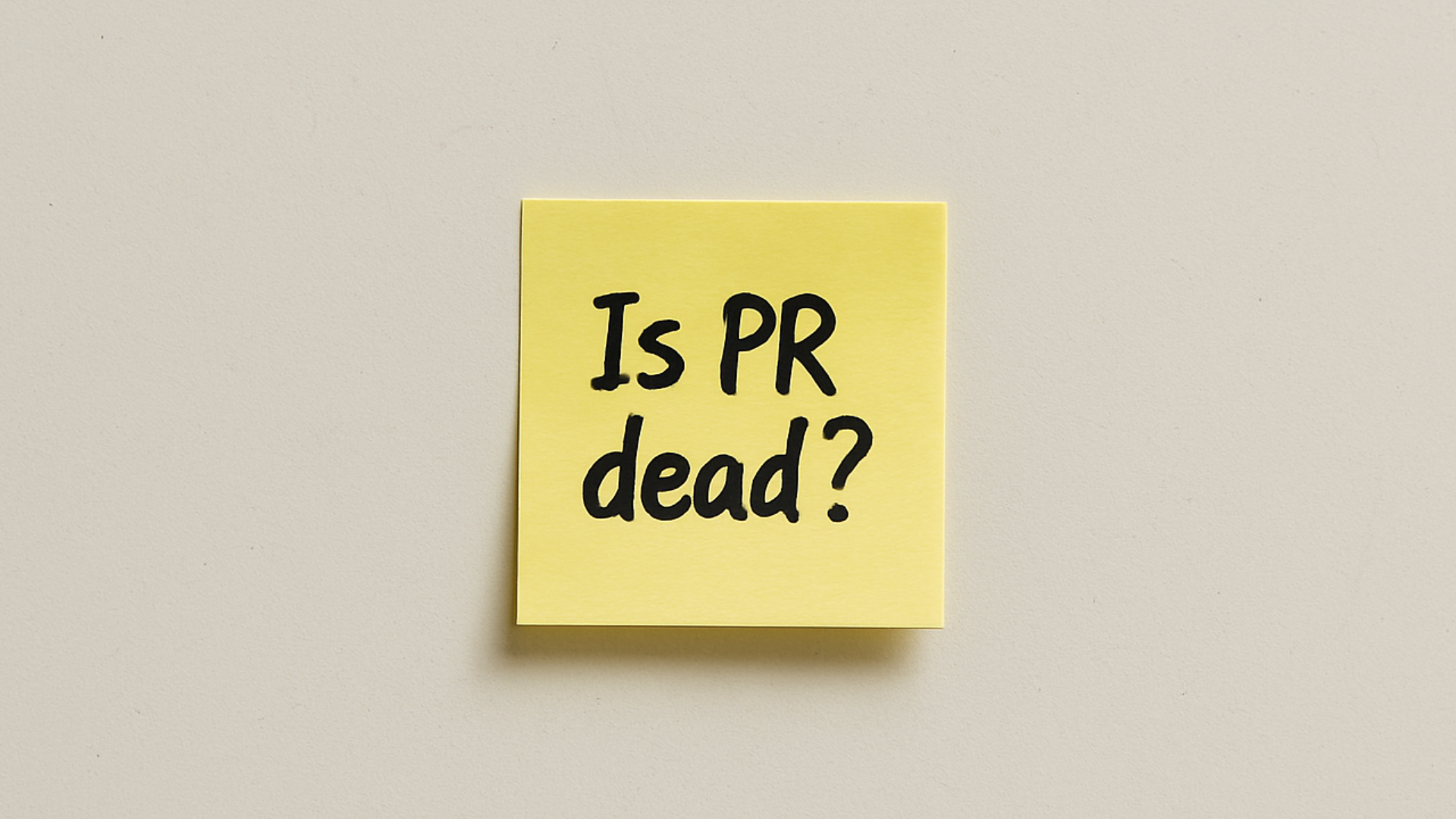Yes the current economic conditions prove tough reading for the VC landscape but there’s a reason why I’m writing this tried and tested piece of advice. More companies will be needing capital and looking to close funding rounds and as a result, it will get harder to make a splash with these types of announcements.
Take fintech as an example. According to KPMG’s Pulse of Fintech report, total UK fintech investment hit a staggering $37.3 billion in 2021, up sevenfold from $5.2 billion in 2020. 2021 was also a record year for the number of UK M&A, PE and VC fintech deals being completed (603), up 28% from 470 in 2020. This hive of activity can make getting earned media cut through more challenging.
At the turn of the year, Businesses Insider’s Melia Russel tweeted: “With deals happening every day, PR people are struggling to place funding stories. Well, I’m working on two for next week! Here’s why their pitches worked for me.
- Offered as exclusives
- Disclosed valuations
- Hit on a fundraising trend
- Told an interesting company story”.
There’s clearly some key ingredients that can help unlock the door to top tier media outlets, but before your announcement gets to that stage there is still a LOT of work that needs to be done. Below I’ve listed down some of the stages that need to be completed in the planning process of funding announcements before the go-live date arrives.
Timing is everything
So you’ve closed a funding round and want to announce it, great. However, to give yourself the best chance of success, a clear timeline needs to be built and stuck to. Typically a 3-4 week window is advised. When it comes to funding there are lots of moving parts and different parties involved. The business, the investors, the lawyers, the PR agency – all with slightly different priorities in mind.
From a communications standpoint, week one should involve speaking with all relevant stakeholders to see what information can be made public knowledge, agree and finalise a media plan and draft all the collateral from the press release to FAQs. In the other weeks leading up to the announcement, that’s when all the content needs to be approved and signed off, and then the pitching begins.
Know your media strategy
In the past, the media strategy of a funding announcement has typically been based on the size of the investment figure as well as the profile and scale of involvement of the investors. To a certain extent this is still true today.
Essentially there are a couple of routes you can take and depending on the ingredients you have to play with depends on which route you go down to secure interest from a top tier target. Before making this decision it’s worth finding out what your top journalist targets prefer, do they like an exclusive interview with the investors? Access to pitch decks? Information is power and the more you know before launch the better chance of success you’ll have.
Keep the message tight
As these announcements are important ones it’s very tempting to communicate as much about the business as possible in the body of the press release. But resist temptation. Remember what’s important:
- The investment figure (and valuation if possible)
- Who’s involved
- What the business plans to do with this investment
- What this means for the wider market
When crafting points 3 and 4, try to always connect it back to people. People read about people, therefore journalists write about people. If you are going to be using this latest round of funding to open new offices in different markets, how many jobs will you be looking to create? All of this will help add to the news aspect of your story.
At CCgroup we’ve supported many of our clients with funding round announcements, from a Series D round of $140 million to a $50 million Series B round and $12 million Series A round.
Are you going through a funding round and need PR support to amplify the announcement? Get in touch at [email protected]















